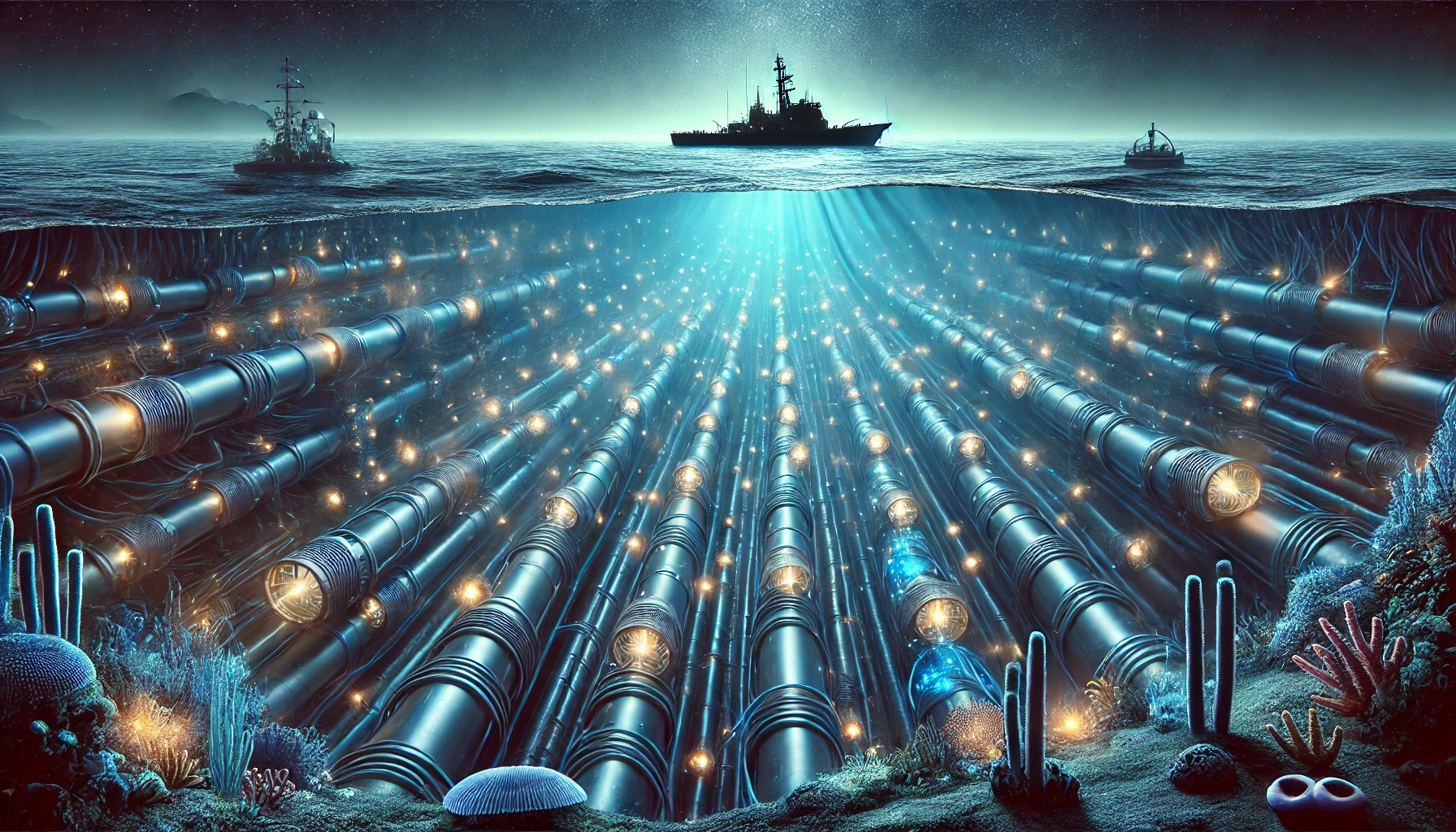Escalating Geopolitical Tensions Threaten Global Undersea Data Cables

In recent months, the security of the world’s undersea data cables has become a focal point of geopolitical tensions, with multiple incidents of suspected sabotage raising alarms about the vulnerability of this critical infrastructure. These cables, responsible for transmitting approximately 99% of global data, including sensitive financial transactions and military communications, are increasingly at risk amid rising international conflicts.
Recent Incidents of Concern
- Baltic Sea Sabotage: In December 2024, Finland detained the Russian-linked tanker Eagle S on suspicions of severing undersea power and data cables connecting Finland and Estonia. Authorities suggested that the cables were likely cut by deliberate anchor-dragging, a method previously implicated in similar incidents involving Chinese vessels. wsj.com
- Chinese Vessel Investigations: European investigators have focused on the Chinese-registered ship Yi Peng 3, suspected of intentionally dragging its anchor over 100 miles to sever two critical data cables in the Baltic Sea. This incident has intensified scrutiny of foreign vessels operating near sensitive undersea infrastructure. wsj.com
- NATO’s Response: In response to these threats, NATO launched the Baltic Sentry mission, deploying warships, patrol aircraft, and drones to monitor and protect undersea infrastructure. This initiative aims to deter potential saboteurs and reassure member states of the alliance’s commitment to safeguarding critical assets. apnews.com
Strategic Importance of Undersea Cables
Undersea data cables form the backbone of the global internet, facilitating trillions of dollars in financial transactions daily and enabling secure communications for governments and militaries. Their strategic importance makes them attractive targets for state and non-state actors seeking to disrupt adversaries’ capabilities or gather intelligence.
Global Efforts to Enhance Security
- Increased Surveillance: Nations are investing in advanced monitoring systems to detect and respond to suspicious activities near undersea cables. This includes deploying specialized naval vessels and unmanned systems equipped with sensors to patrol critical areas.
- International Collaboration: Countries are enhancing cooperation through intelligence sharing and joint military exercises focused on protecting maritime infrastructure. These collaborative efforts aim to establish standardized protocols and improve collective response capabilities.
- Legal Frameworks: Discussions are underway to strengthen international laws governing the protection of undersea cables, addressing current gaps that hinder effective enforcement and accountability for malicious actions.
Conclusion
The recent spate of undersea cable disruptions highlights the pressing need for robust security measures to protect this indispensable component of global infrastructure. As geopolitical tensions persist, safeguarding undersea data cables against sabotage and espionage remains a critical priority for the international community.
